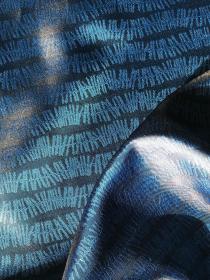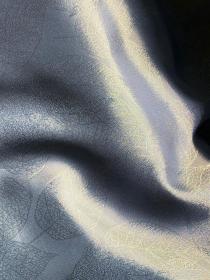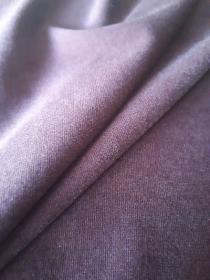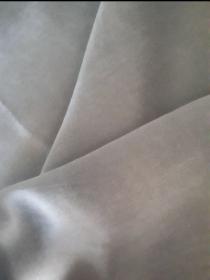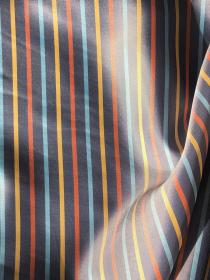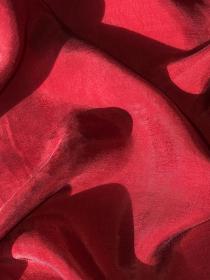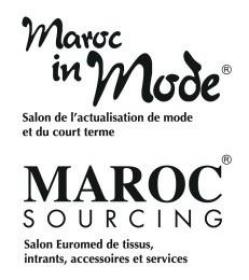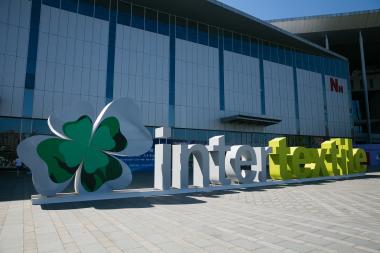Bemberg™ presents the original material for modern living
- Première Vision New York - 21st to 22nd of January 2020.
Bemberg™ is pleased to present a full range of new fabric innovations at Première Vision New York. Made by Asahi Kasei, the company is the sole maker of this one-of-a-kind, matchless, high-tech natural material, with a unique and precious touch and feel.
During this edition of Première Vision New York attendees will discover a full range of new fabric innovations from international partners.
Bemberg™ proposal will especially focus on Velutine Evo for shell fabrics, the new technically advanced finishing refinement technology developed in the Japanese laboratories of Asahi Kasei that offers a premium finish to the best qualities of the classic Bemberg™ peach skin touch. As part of the company’s continuous innovation, Velutine Evo brings better environmental, energy and water profiles for the benefit of Bemberg™ partners in the manufacture of their ranges. It sets a new benchmark for everyday luxury with a new generation of fibrillation technology.
The unique circularity of Bemberg™
Bemberg™ is made from a cotton linter bio-utility material, a natural derived source, and a truly unique one in the smart fiber arena that doesn’t deplete forestry resources. And apart from the exquisite and precious touch of Bemberg™ fabrics, visitors will see the unique circularity of Bemberg™ from its source, manufacture and end-of-life credentials, supported by the LCA study, signed by ICEA and validated by Paolo Masoni, confirming a new quality profile and standard with a more responsible and unique position today. Full GRS certification, Oeko-Tex 100, ISO 14001, & Eco-Mark. Bemberg™ also has a new Compostability Certification.
The Innovhub-SSI report confirms Bemberg™ filaments disintegrate at 100% value Twithin the limits specified by the UNI EN 13432, point A.3.1 for disintegration in composting. Also, a new Ecotoxicity metric to EN 13432:2000 Annex E, the compost obtained from the Bemberg™ filaments according to ISO 16929:2013 revealed no ecotoxicity effect. The Bemberg™ filaments tested for heavy metals and other toxic hazardous substances and was found to comply with tests specified by the UNI EN 13432, for the substances listed in table A.1.
GB Network Marketing & Communication


